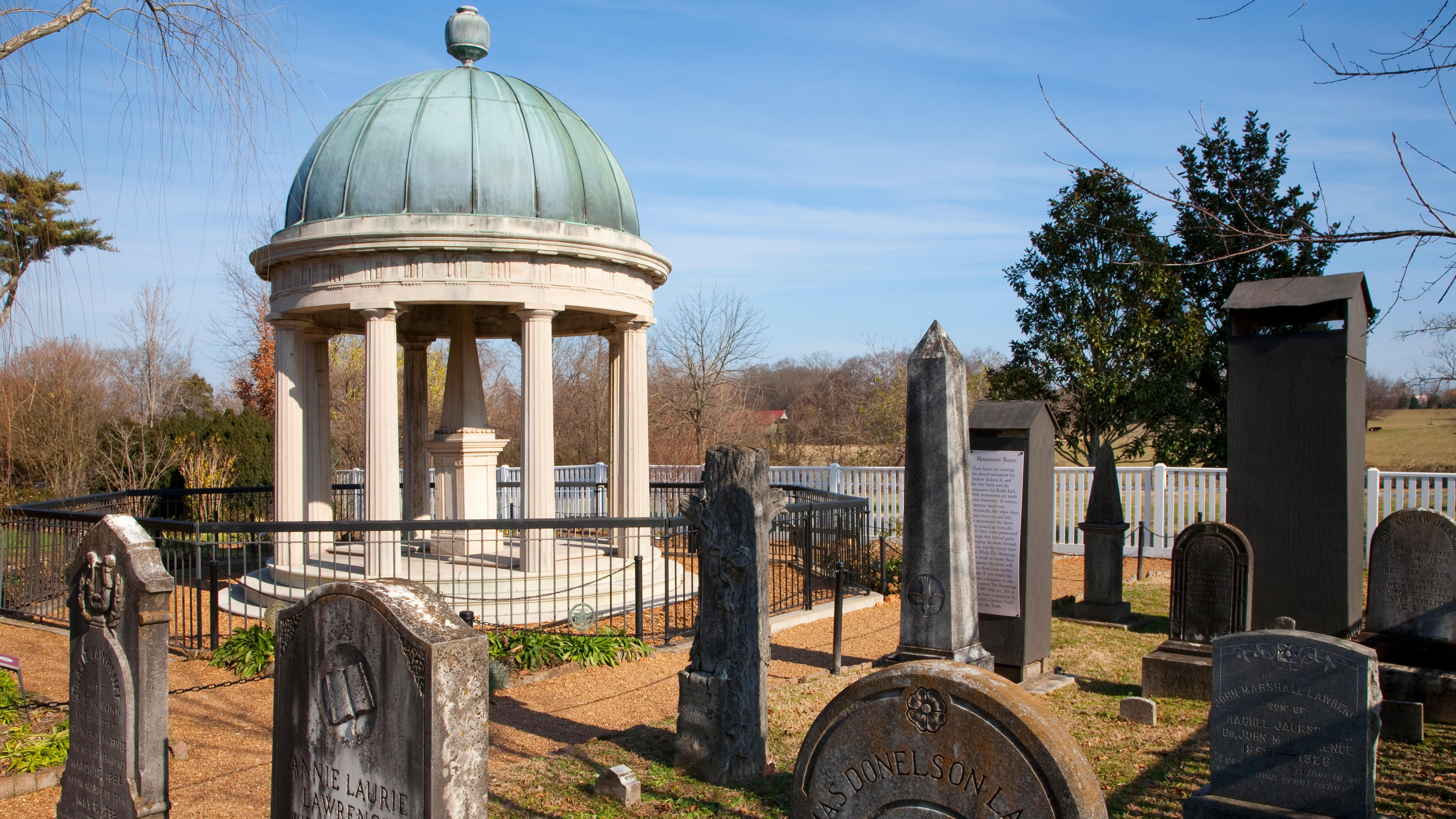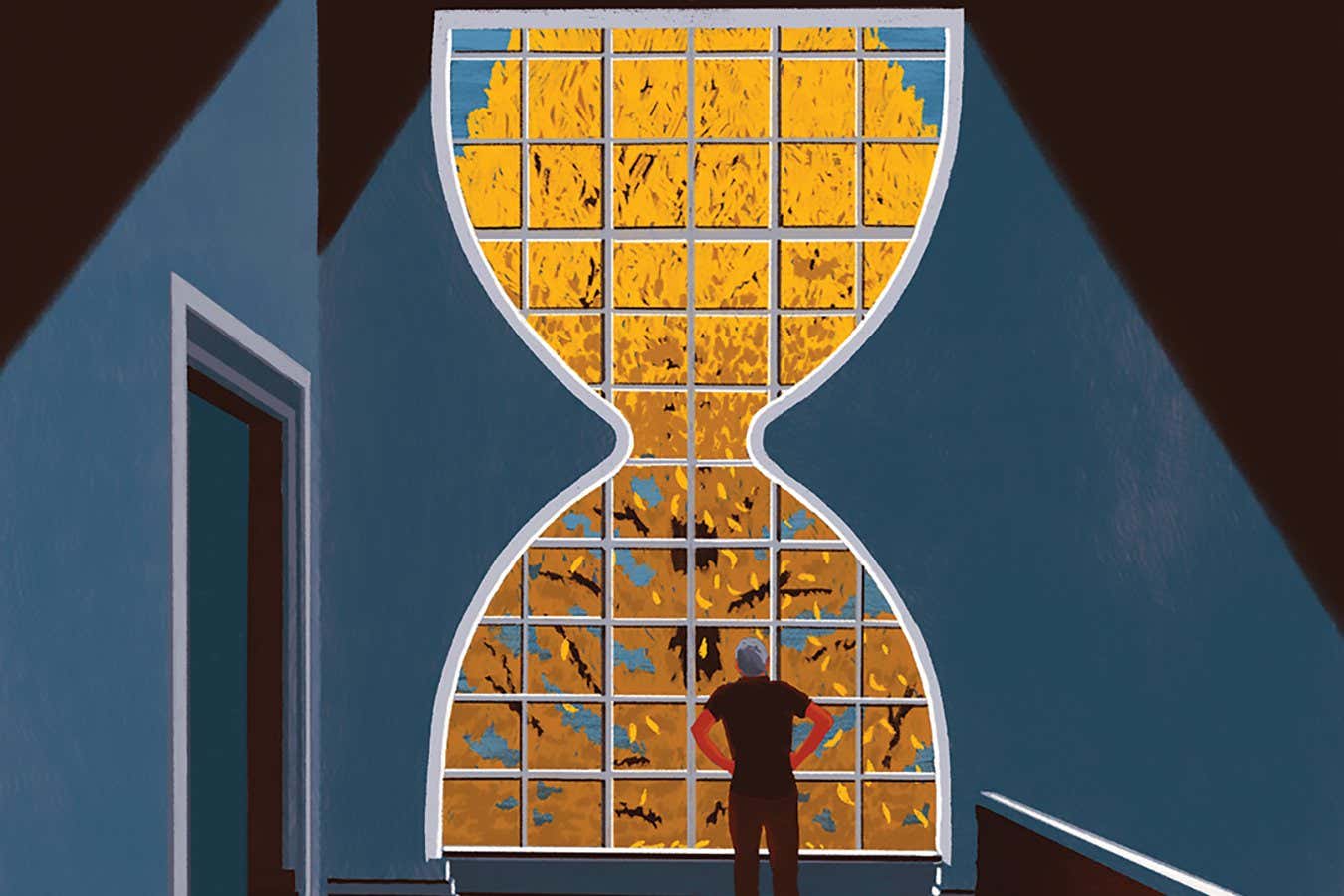Archaeologists have found 28 graves of people who were enslaved by Andrew Jackson at his Hermitage plantation in Tennessee. At the time of his presidency, from 1829 to 1837, Jackson enslaved 95 people, and for nearly a century, more than 300 people were enslaved by the Jackson family.
“It is historically significant, after decades of searching, that we are highly confident we have found the cemetery for people who were enslaved at The Hermitage,” Jason Zajac, president and CEO of the Andrew Jackson Foundation, said in a statement.
During the late 18th and early 19th century, Jackson trafficked people between his home in Nashville and other parts of the U.S. South, and slavery was a primary source of his wealth. When he became the seventh president of the U.S., he brought people he enslaved to the White House.
In 1804, Jackson purchased 425 acres (172 hectares) of land in Nashville and named the property The Hermitage. By the time of Jackson’s death in 1845, the plantation had grown to encompass more than 1,000 acres (405 hectares).
Although the land has changed hands over the years, “nothing has ever been built on the [cemetery] site and crops have never been grown there,” Tony Guzzi, chief of preservation and site operations at The Hermitage, said in the statement, “keeping it as undisturbed as possible over the last 180 years.”
Related: Coins worth over $1 million recovered from 1715 Spanish treasure shipwrecks in Florida

While previous attempts to locate the long-lost graves of the people enslaved by Jackson were unsuccessful, technological advances and new funding led to the cemetery’s discovery earlier this year.
Archaeologists discovered the cemetery in January about 1,000 feet (305 meters) from the main plantation house, on a slight hill at the edge of a creek, after experts used maps, surveys and aerial images to identify graves that were referenced in a 1935 report. The team cleared invasive plants from a 5-acre (2 hectares) search area, which allowed them to see rows of depressions that strongly suggested the presence of a cemetery.
To avoid disturbing the graves, the archaeologists used ground-penetrating radar, which “is a crucial first step for characterizing unmarked burial sites such as this one,” Steven Wernke, an archaeologist at the Vanderbilt Institute for Spatial Research, said in the statement, “as it identifies probable locations of the final resting places of the individuals buried at the Hermitage.”
“Locating the physical remains of these individuals is a strong reminder of what this landscape was and what it represented — historically, an elite white space, a plantation and a place of enslavement sustained by arduous labor and sacrifice of Black bodies,” Carlina de la Cova, a bioarchaeologist at the University of South Carolina who was not involved in the project, told Live Science in an email.
Although the radar study identified 28 possible graves, “not all of them may turn out to actually be graves,” according to Zajac, and additional graves may be found in the future. “Our work here is just beginning,” he said.
Pam Koban, the board chair at the Andrew Jackson Foundation, said in the statement that the cemetery “will become an educational staple that is central to the story of The Hermitage.” The Foundation is working to assemble an advisory committee of historians and descendants of people who were enslaved on the property to help make decisions about how to preserve and present the site, Koban said.






Leave a Comment